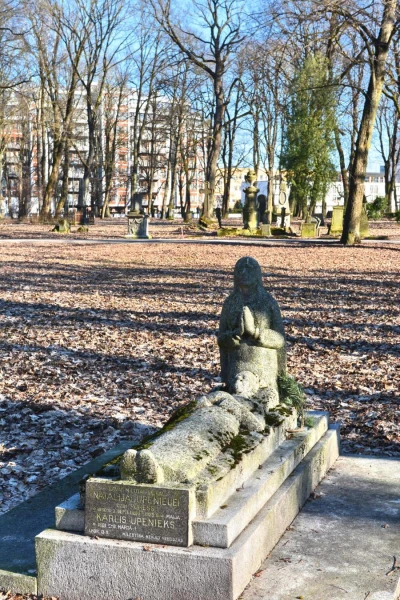
An increasing number of tourists are rejecting 'checkbox tourism' and prefer cemetery strolls over visiting overly popular attractions.
Cemeteries may become a new tourist trend spreading across Europe, as travelers seek to 'revive' their usual routes, which consist of long-explored museums and famous TikTok cafes.
It may sound grim and a bit creepy, but for taphophiles - those who are interested in cemeteries and epitaphs - wandering among tombstones offers a unique insight into the culture and history of a country.
Even travel experts acknowledge the growing popularity of cemetery tourism, claiming it provides a rare opportunity to 'rise against checkbox tourism,' as much of the continent suffers from overtourism today.
Cemetery Tourism: What’s the Appeal?
"Cemeteries are not scary or creepy places," says Jono Namara, a filmmaker and self-proclaimed taphophile who has visited hundreds of burial sites across Europe.
Growing up with a passion for all things historical and gothic, Namara has turned his unhealthy love into a social media series documenting how the dead continue to shape the living through the 'monuments and mysteries' they leave behind.
Among his favorite spots are London’s 'Magnificent Seven,' where notable figures such as Karl Marx, Emmeline Pankhurst, and Sir Henry Tate are buried, Père Lachaise in Paris, where Oscar Wilde, Jim Morrison, and Édith Piaf rest, and Laeken in Brussels.
"Next on my list is the Central Cemetery in Vienna, where composers and poets have found eternal rest," Namara told Euronews Travel.
Describing cemeteries as 'open-air museums' shaped by art, architecture, and faith, Namara believes these attractions represent the perfect blend of culture, silence, and curiosity.
A Break from the Crowds and 'Clichés'
Against the backdrop of record tourist flows noted in European countries like Spain and Greece, brochures featuring taphophile destinations are still relatively rare.
But this is one of the main reasons why cemetery tourism is coming alive - it can tell the story of a city without the excess hustle and clichés.
"Cemeteries are usually located in real neighborhoods, away from bus tours and souvenir shops," Namara adds. "In searching for them, you weave through the everyday fabric of a place. You see how culture remembers its dead, and in doing so, you understand how it lives."
The Best Cemeteries to Visit in Europe
Professor Dan O'Brien is also a cemetery enthusiast and works as a death historian at the University of Bath in the UK.
His love for walking and interest in history led him into the world of burials, and O'Brien began exploring burial sites during breaks between work meetings.
Now, he says, searching for new cemeteries has become 'quite an engaging pastime,' and he has developed a particular passion for finding memento mori on tombstones (images of skulls and bones symbolizing the inevitability of death).
Among his favorite sights are the Greyfriars Kirkyard in Edinburgh and Tower Hamlets in London, as well as Key Hill and Warstone Lane in Birmingham.
The authoritative British taphophile notes that many of these resting places are located near the most popular European attractions but allow for a moment of silence and tranquility away from the crowds.
"I would also particularly highlight the San Michele cemetery in Venice, an active cemetery on the island - it’s a quiet, peaceful place near bustling tourist areas, perfect for a stroll or a moment of reflection," he adds.
"The tiny pet cemetery in the Parade Gardens of Bath is also a lovely spot, tucked away in the heart of the city!"
Next on his list are the historic cemeteries around New Orleans, especially St Louis No.1, which is the oldest in the area.
Rising Against Checkbox Tourism
Many tourists still feel awkward at the thought of visiting a cemetery, but those brave enough to try may stumble upon a newfound interest.
Catherine Worrilow, a tourism brand strategy expert at The Plot, says that more people are now embarking on 'self-discovery journeys,' and many want to reconnect with the stories of people.
"Interest in visiting cemeteries is growing, and I think it’s a really positive connection to genealogy and local history," she adds.
"Many of the people resting in our cemeteries significantly shaped local culture and history - and they are unexpectedly beautiful places."
The expert claims that members of Generation Z are beginning to 'rise against checkbox tourism' and visit places that allow them to truly pause and reflect. And this applies not only to cemeteries.
"As we become more aware of the need to take responsibility for combating overtourism, travelers are actively seeking out smaller, lesser-known places to stop - such as chapels, ancient burial sites, and historical ruins, as well as places associated with folklore, myths, and legends," Worrilow says.




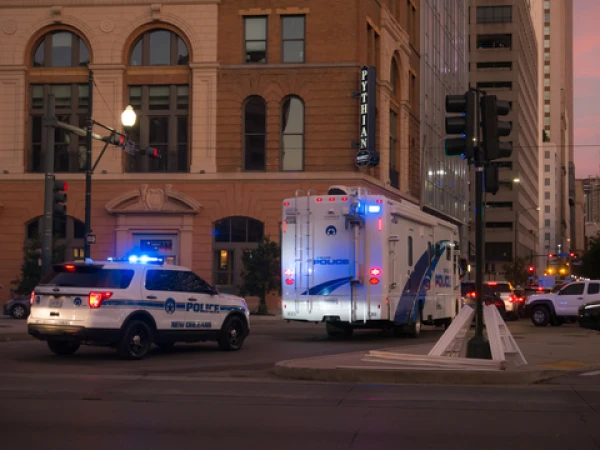
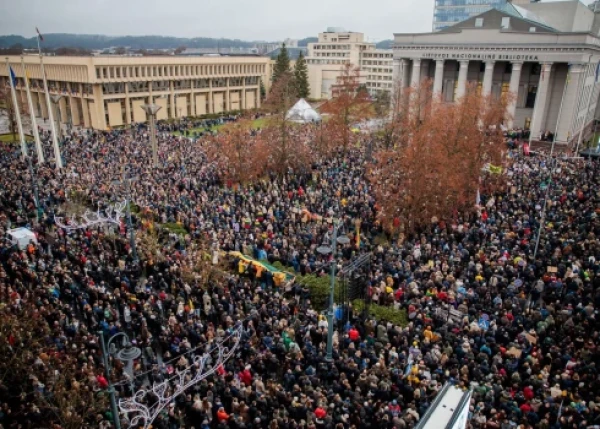





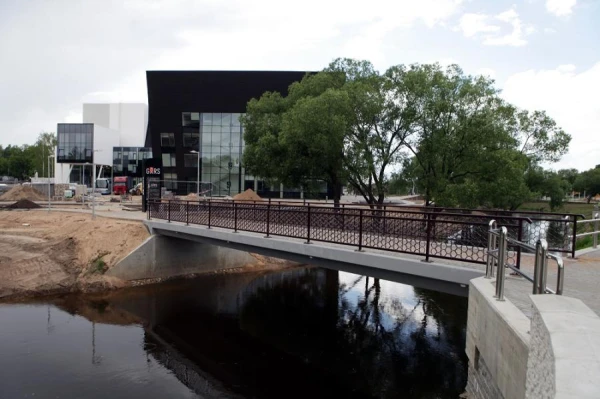

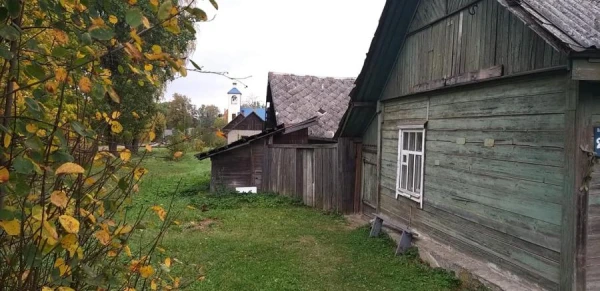
Leave a comment